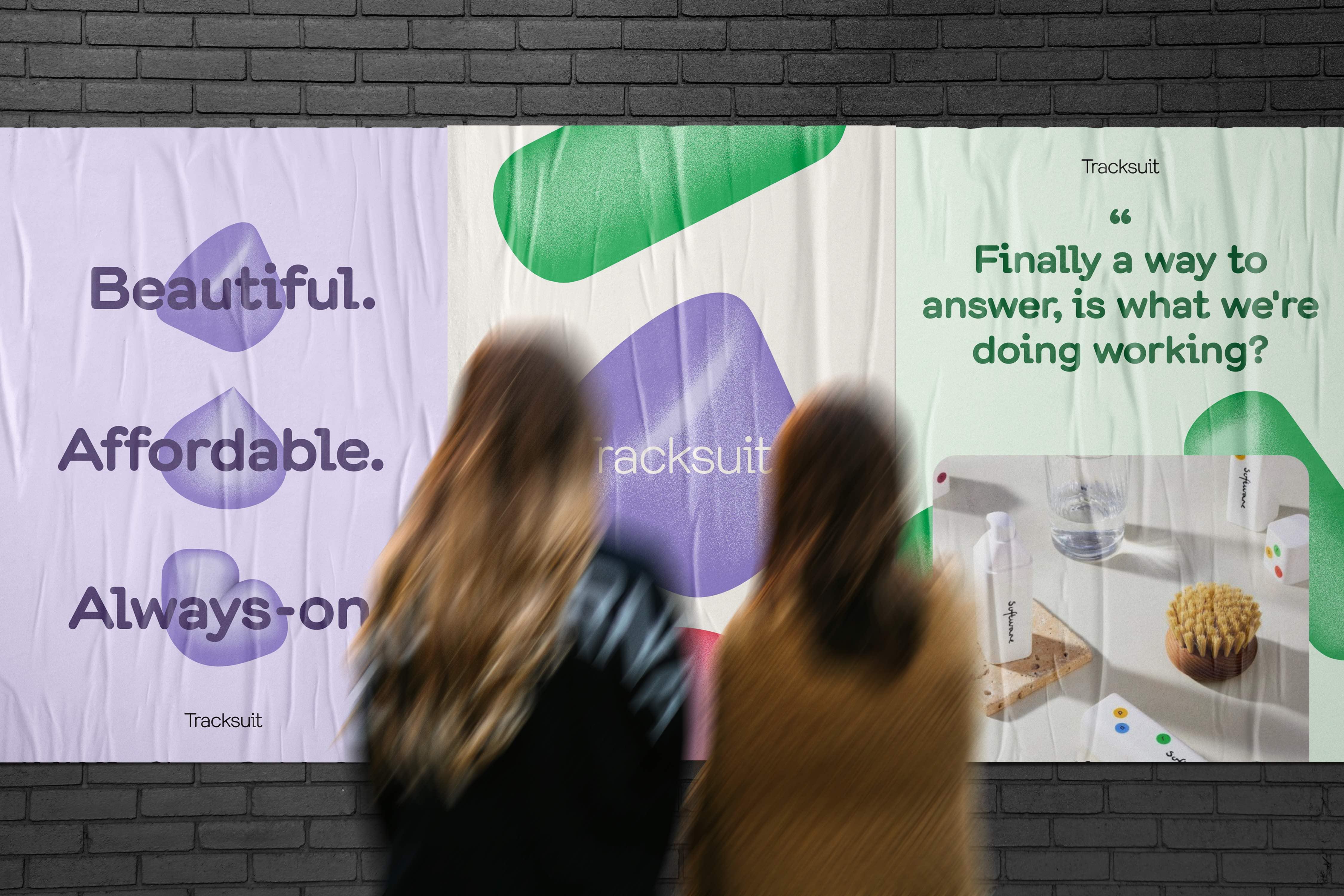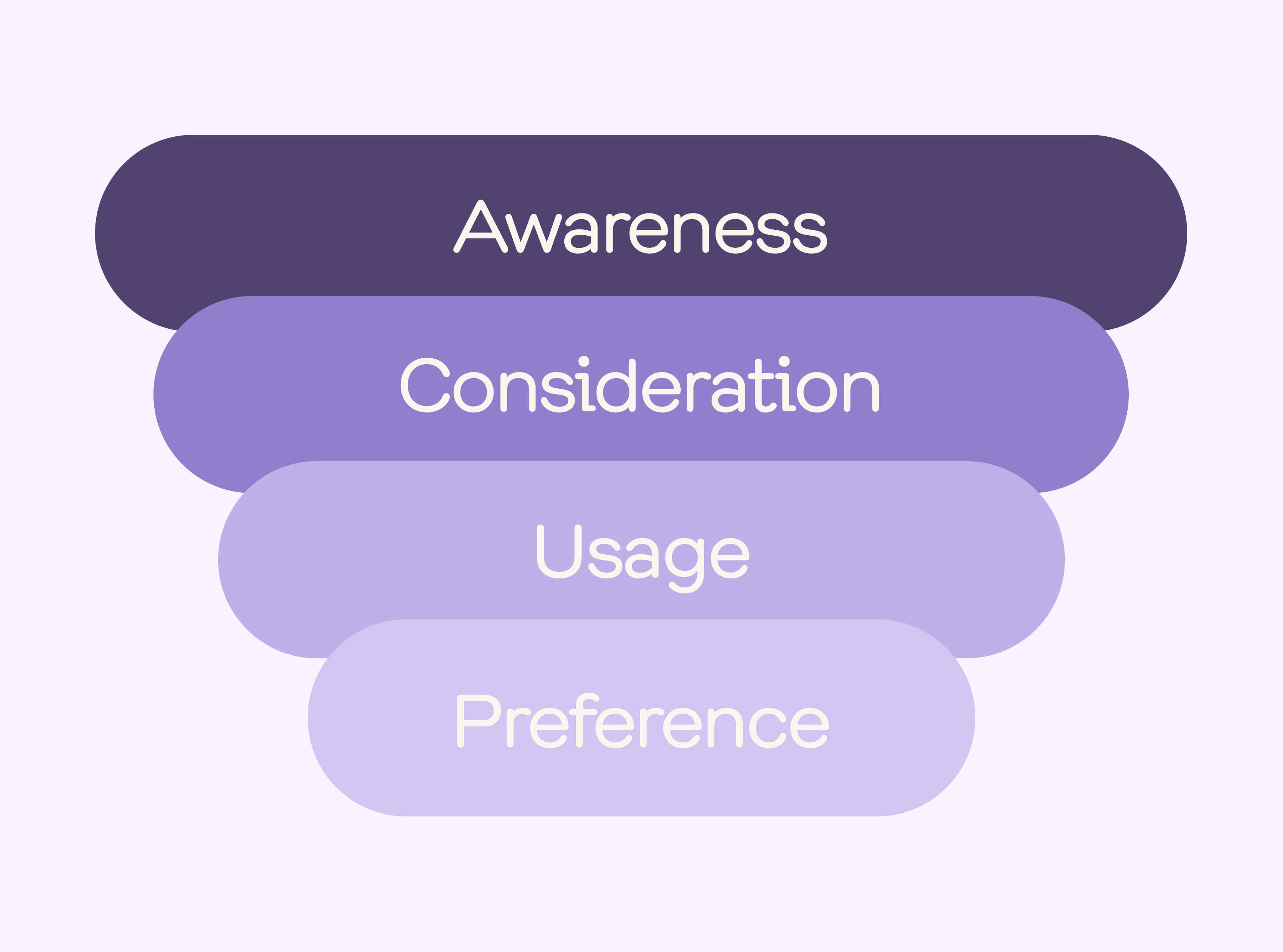Future Demand: What it is, and how it can help grow your business
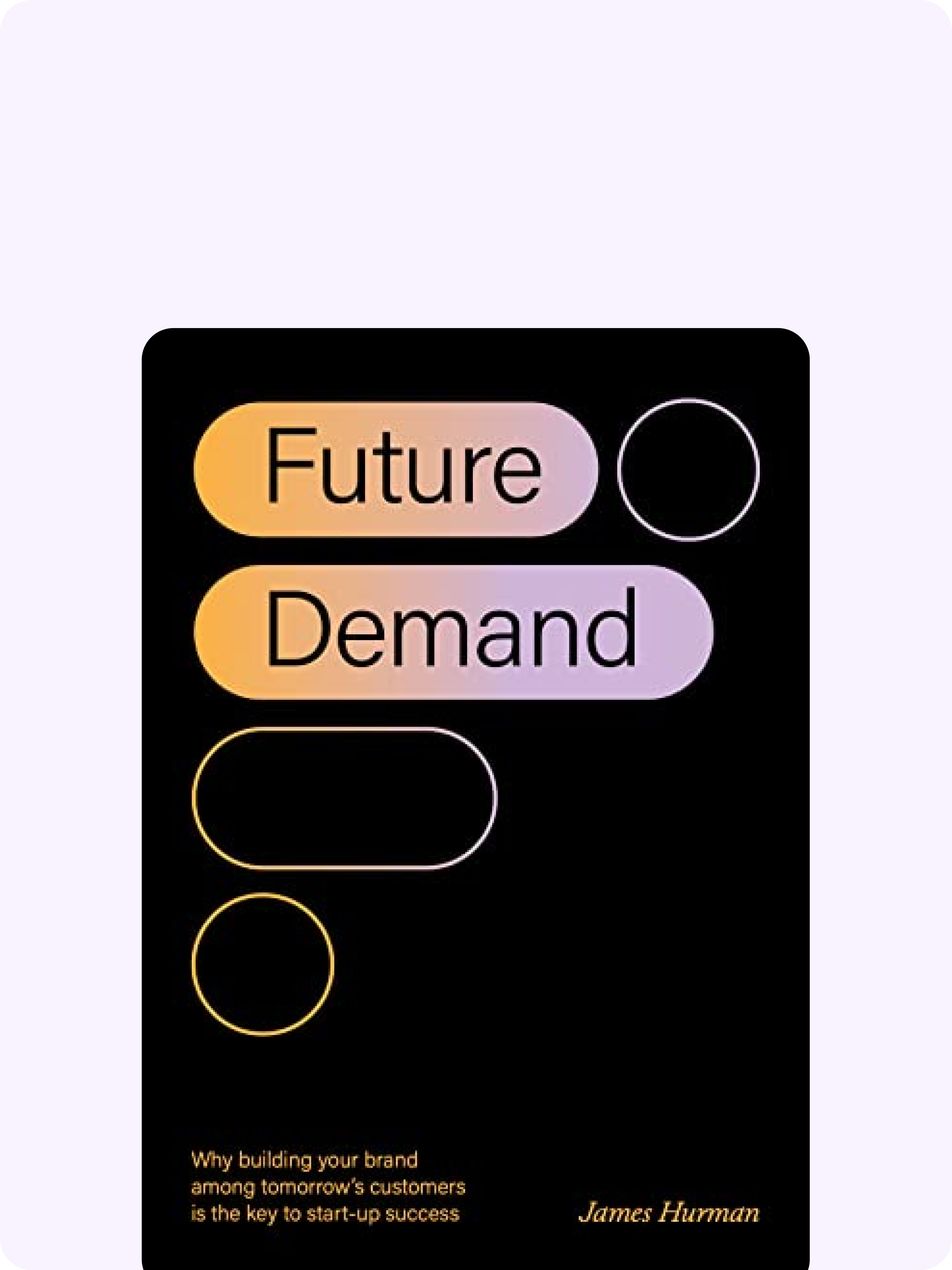
As marketers, we all understand why brand management is essential to maintain and nurture your brand for commercial growth. What’s trickier is when you need to explain these sometimes complex-sounding, industry-specific concepts to non-marketing stakeholders.
How do you justify advertising spend if it doesn’t have an immediate ROI? How can you quantify and demonstrate the power of brand to your executive team?
Sign up to Shorts
For fortnightly brand insights, stories and goodness that'll help you win (we promise).
By using the concept of Future Demand.
Coined by James Hurman, a globally renowned marketing effective expert who co-founded Tracksuit and Previously Unavailable, Future Demand can help reframe the conversation around brand building and clearly demonstrate the importance of short and long-term marketing for commercial growth.
What is Future Demand and where does it come from?
All markets have two types of consumers: those who are looking to buy a product or service immediately (existing demand) and those who aren’t in the market to buy now, but may buy down the road (Future Demand).
While Future Demand has existed forever, the phrase itself was created and popularized by James Hurman, who’s written a book (available on AmazonOpens in new tab) and spoken in-depth about itOpens in new tab at events across the world.
Basically, it's a simplified way to communicate about the importance of marketing and advertising to key stakeholders and highlight why the long-term matters.
As James says, one half of the job of a marketer is: “to drive short-term performance for our brand. The other half of our job is to ensure that the brand and business grow over the long term. For that long-term growth to happen efficiently, we need to build the brand today in order to improve future sales.”
Put it this way: short-term, performance marketing campaigns target driving immediate sales (existing demand) and brand building sets the stage for Future Demand.
Why it’s important to build both existing and future demand
It’s a common misconception that brand building and Future Demand shouldn’t be prioritized when there are immediate sales to be made, but nothing could be further from the truth.
James says: “Short-term performance campaigns are better at driving immediate sales, but worse at everything else. Real effectiveness is about building market share and becoming a leading brand in your category.”
By becoming a brand leader, you’ll also be able to reduce price sensitivity, drive higher profit growth, and increase your overall sales growth. All great things, are we right?!
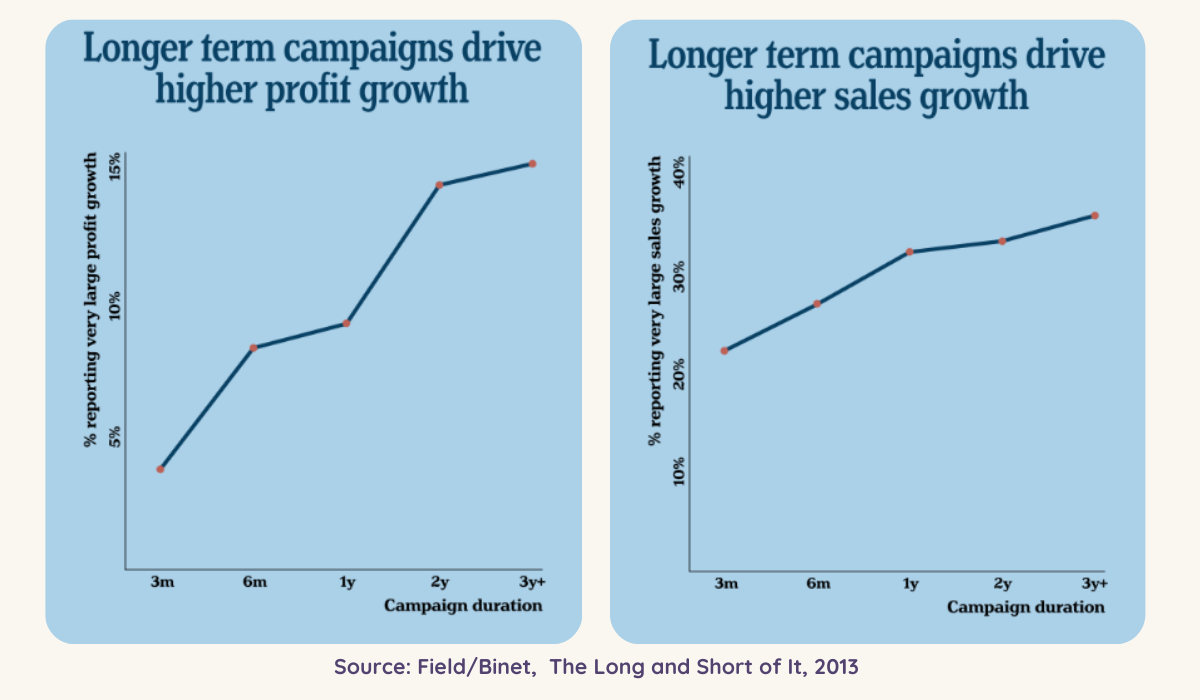
One reason is that short-term campaigns aren’t the most profitable and focus on offering discounts, which can increase customer purchases while potentially negatively affecting the organization's bottom line.
Meanwhile, longer-term campaigns can drive sustainable growth through excess share of voice (ESOV). As James points out, “Campaigns that maintain ESOV for 3 years or more see a much greater market share gain from that ESOV investment, [which is] more likely to drive large market share increases.”
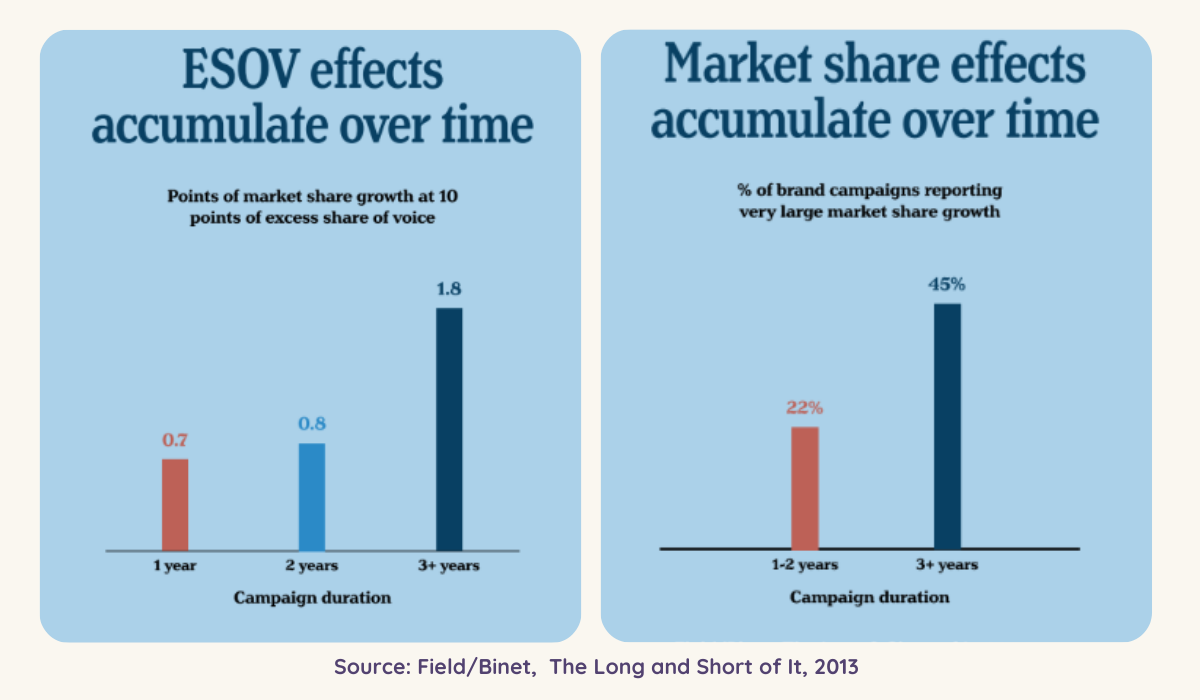
That said, both approaches need a place in your marketing strategy. If you need a spike in sales, short-term marketing ticks the box. But for other metrics like profit growth and sustained sales growth, banking on Future Demand is critical, especially if you’re in it for the long run.
Say you sell couches and 10% of your target audience was in the market and ready to purchase. If you were able to successfully execute short-term sales activation strategies, while also doing some brand building to introduce about 20% of people that weren’t in the market at the moment to your couch brand, you’d have more efficiently driven more couch sales in the future, since you’ll have a larger pool of existing demand to convert.
Or as James summarizes: building Future Demand today means more efficient growth tomorrow.

How brand building adds commercial value to a business
So what does investing in Future Demand look like in the real world? Does it pay off?
To answer that question, econometrics company Magic Numbers looked into digital brands that used both social and TV advertising (social media and PPC advertising generally focuses on existing demand, while TV advertising is more likely to be Future Demand-oriented.) The research showed that there’s a growth ceiling for brands that rely solely on performance marketing, highlighting a case study of a dieting brand that reached a plateau in terms of web visits through paid search, but then broke through that plateau by investing in TV.

Plus, when looking at the effectiveness of emotional vs. rational campaigns, the former outperforms rational campaigns on all important effectiveness and demand metrics.
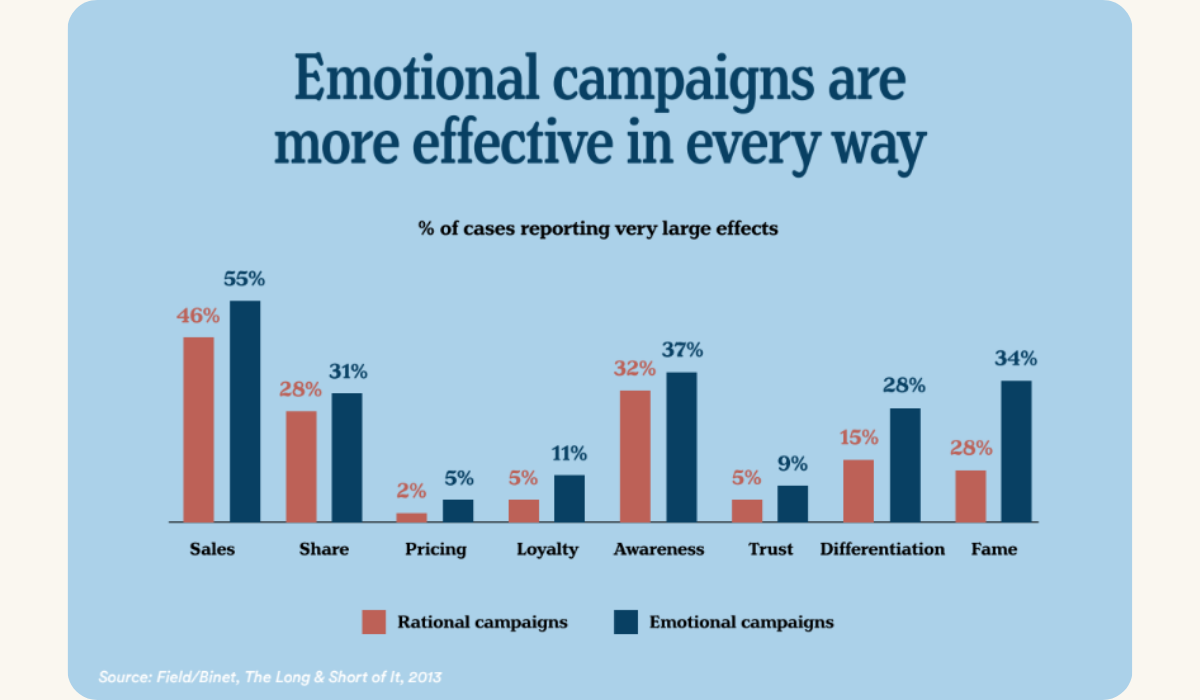
Or, in James’ words: “Whether it’s sales growth, market share growth, pricing power, loyalty effects, awareness, trust, differentiation or fame, emotional campaigns are more likely to create very large positive effects.”
How can brands apply the concept of Future Demand to their business?
Armed with a new framework that can make brand building more tangible, you might wonder how to start bringing it to life and drive results for long-term start-up success. Here are our top three takeaways to do just that (and have your CFO on board!)
1. Use it to inform your marketing strategy
With a new way of looking at short and long-term campaigns, you may wonder if there’s a methodology to help best split your investments in performance and brand marketing.
By looking at the overall ESOV efficiency of different brands and comparing it to the percentage spent on performance, the Institute of Practitioners in Advertising determined that brands spending between 30-50% on performance had larger market share gains than their counterparts not in that range.
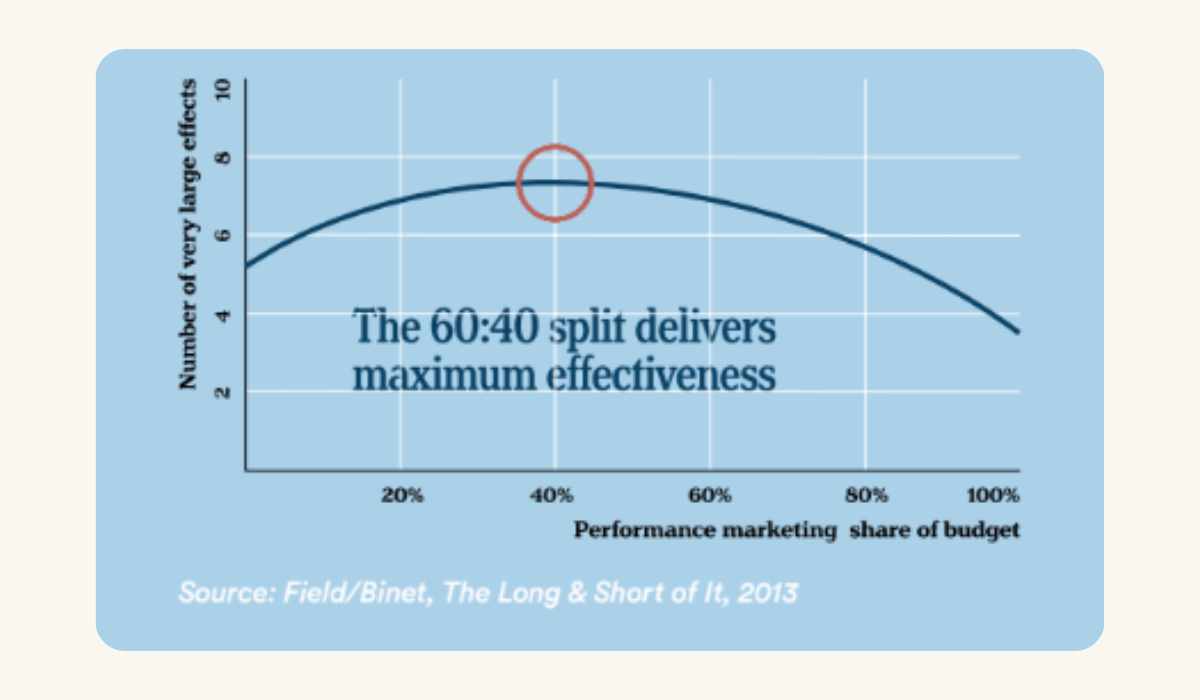
Based on that, they arrived at the 60:40 rule, which James sums up as: “For maximum effectiveness, we should be spending about 40% of our budget on sales activation or performance marketing, and 60% on brand building.” Of course, the exact ratio may vary slightly for you, but using the concept of Future Demand means it won’t be a shot in the dark.
2. Use it to explain the importance of brand to stakeholders
Future Demand is a framework that’s more easily understood at the boardroom level. With this demand metric, you can more easily explain why your business should invest in long-term marketing to ensure you always are creating more customers. Sure, it’s still the same old concept of brand building, but this shift in semantics can offer brand marketers a new way of educating stakeholders on how rather than being a light and fluffy subject, brand can create commercial growth.
3. Use it to reduce price sensitivity
Brand-centric campaigns mean it’s easier to charge a premium price as a brand. As James says: One of the most powerful, but underrated effects of strong brand building is the ability to charge more. Strong brands are able to achieve higher price premiums, making them more profitable and less susceptible to competitor discounting.” If your brand is able to maintain or raise prices without having your customers jump ship to a competitor, then your long-term prospects are looking excellent.
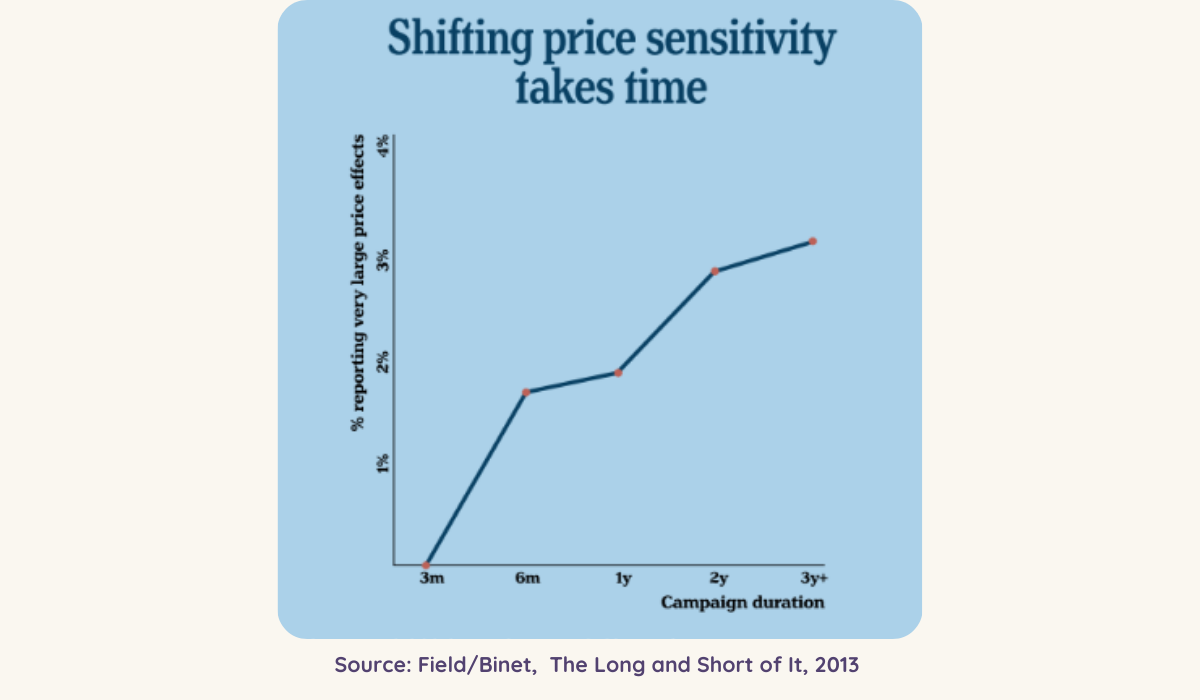
How Tracksuit can help you measure Future Demand
It might seem obvious, but measuring short and long-term marketing requires different types of metrics.
As James says, “You want to use brand health metrics like brand awareness or consideration to make sure you’re building the brand. And longer-term commercial metrics like sales growth and market share over time, to see how we’re growing the business. Because these two types of advertising work in different ways, it’s important we measure them in different ways too.”
Sure, demand metrics like immediate sales or cost of acquisition should be used for existing demand, but how can you quantify Future Demand metrics meaningfully?
Enter Tracksuit
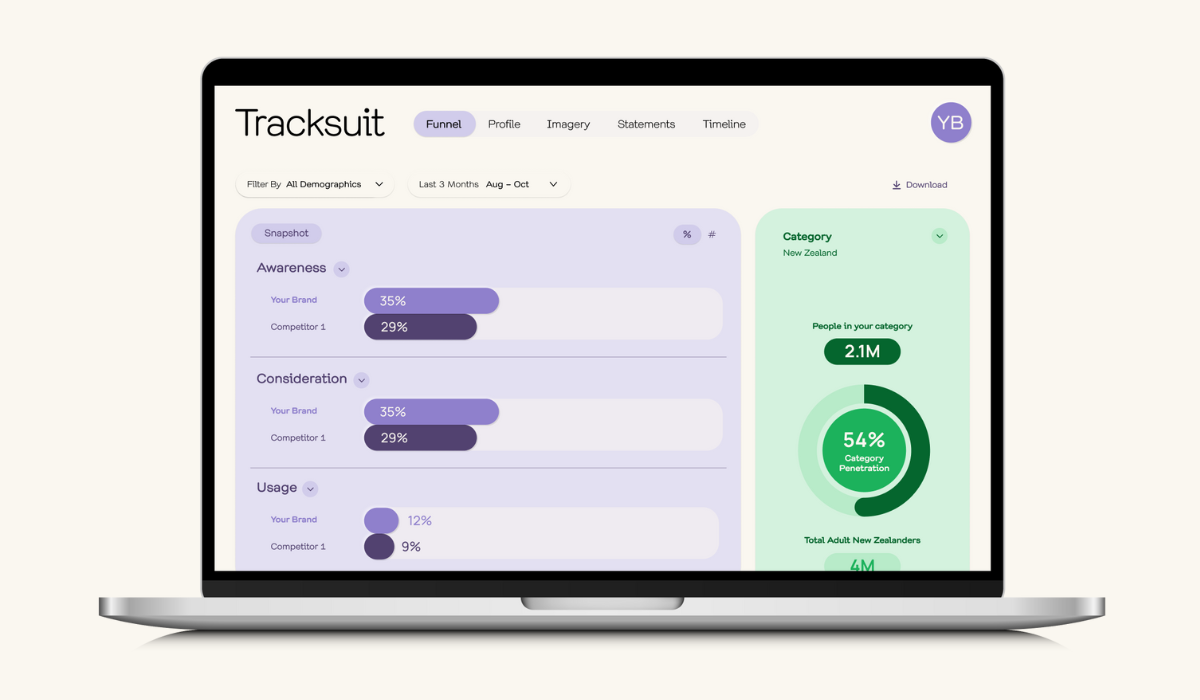
Our leading brand tracking software is designed to help you get full visibility into what your (future) customers think and feel about your brand. We survey a nationally representative sample of consumers who’ve purchased a product or service related to your category recently and therefore are somewhere along the journey of the marketing funnel. They could be early stage (they’re aware of your brand, but not considering) or they could prefer it over all others in your category.
With Tracksuit, you can have these growth insights on hand to present to your CFO, board, CEO and anyone you need to prove that what you’re doing is working to.
With an easy-to-use dashboard updated in real-time, it’s a breeze to access demand metrics like category penetration and brand awareness to calculate Future Demand.


